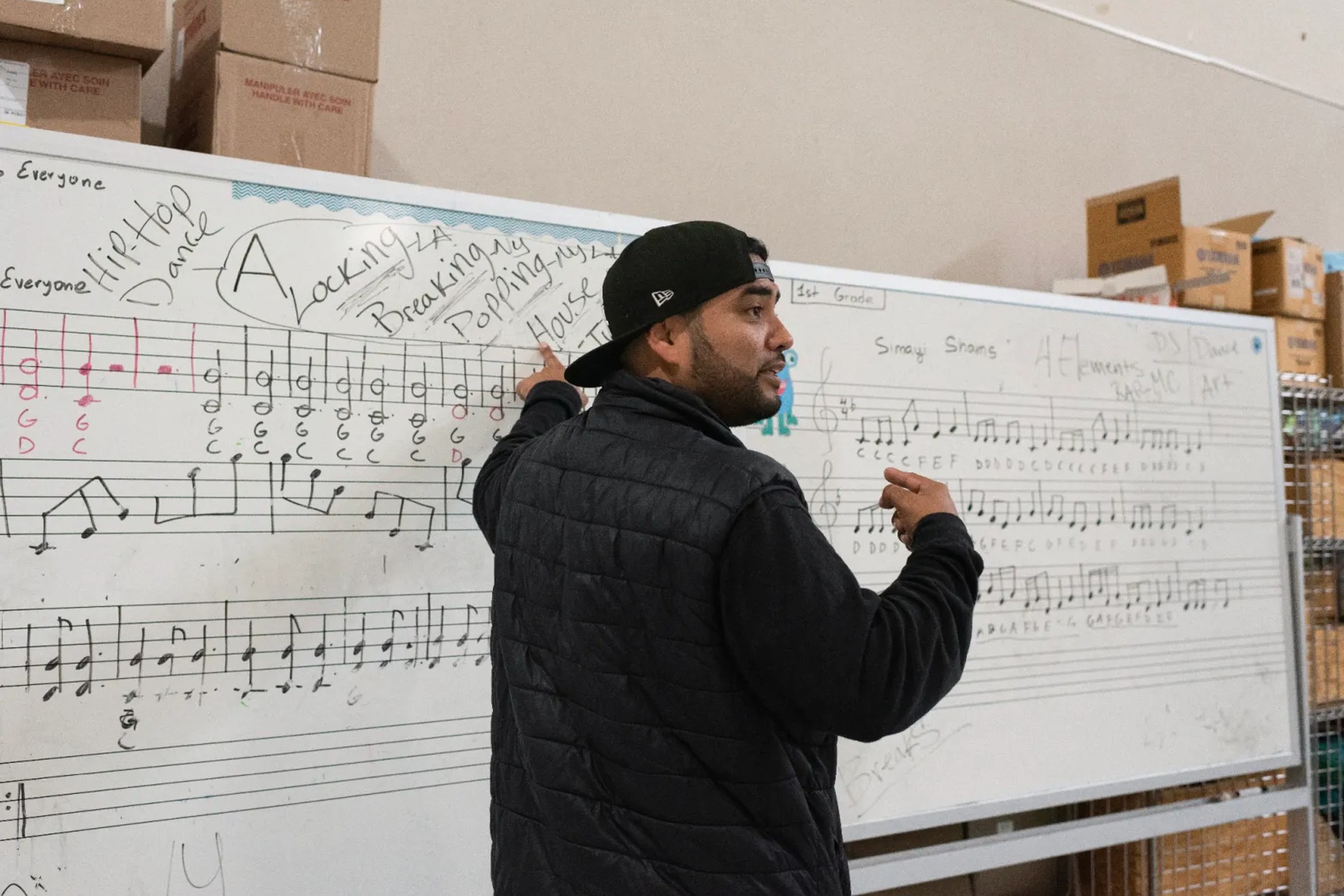Thanks to Proposition 28, California’s K–12 schools are awash in nearly $1 billion in new arts funding. However, a coalition of nearly 100 arts groups said that some school districts might be misspending the money, deepening longstanding inequities in arts education.
“The intent of Prop. 28 is to have more arts in schools,” said Abe Flores, deputy director of policy and programs at Create CA, which advocates for arts education in California. “We’re concerned that’s not happening everywhere. If people found out one school was offering math, for example, and another school wasn’t, they’d be outraged. That’s what’s happening with the arts.”
Proposition 28, which voters passed overwhelmingly in 2022, gives schools an additional 1% of their budgets annually for visual arts, theater, dance, music or media arts. The windfall came after decades of underfunding that left many students with little or no arts education at all, except where parent donations covered the costs. At the time the measure passed, barely 1 in 5 schools had a full-time art or music teacher, with low-income schools more likely to be affected.
Schools are supposed to spend 80% of the money on staff and 20% on materials and report to the California Department of Education annually on how they’re spending the money.
But because of budget uncertainties — partly due to the end of federal pandemic relief funds — some school districts are considering accounting maneuvers that undermine the intent of the initiative, Flores said. Proposition 28 requires schools to expand arts offerings, but some districts are planning to use their funds to pay for existing positions and programs and reallocate the additional money elsewhere, which the coalition said violates the initiative’s “clear and plain language.”


